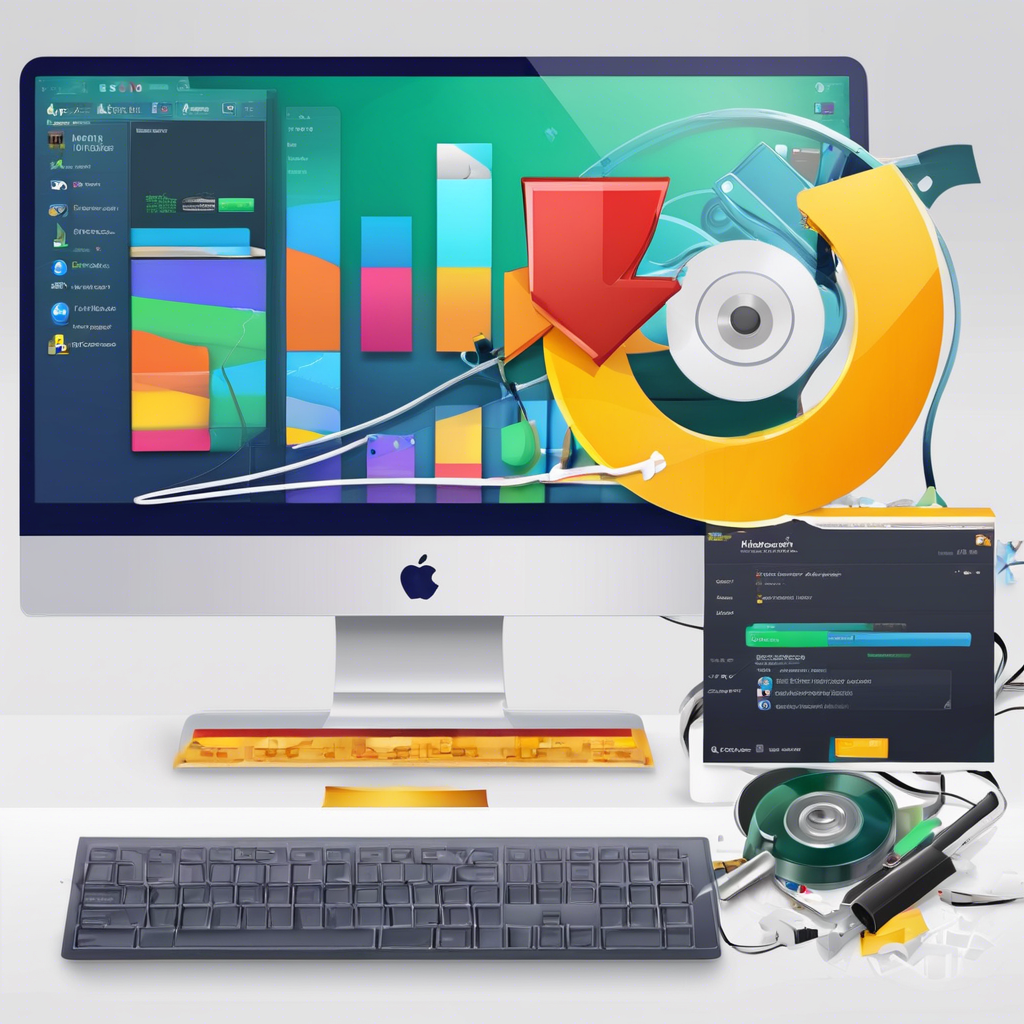Data recovery software is an essential tool in today’s digital world. Whether you accidentally delete important files, experience a system crash, or encounter a virus attack, data recovery software can help you retrieve lost data. These programs are designed to scan your storage devices, locate deleted or lost files, and recover them safely. With the increasing reliance on digital data for work, communication, and entertainment, having reliable data recovery software is crucial.
One of the key features of data recovery software is its ability to scan different types of storage devices, including hard drives, SSDs, USB drives, and memory cards. This versatility allows users to recover data from various sources, making the software a valuable asset for individuals and businesses alike. Additionally, data recovery software supports a wide range of file formats, ensuring that you can retrieve documents, photos, videos, and other types of files with ease.
Most data recovery software programs offer a user-friendly interface that simplifies the recovery process. Users can initiate scans, preview recoverable files, and select the items they want to restore. Some software even provides advanced options for customizing scans and filtering results based on file types or locations. This level of control allows users to efficiently recover specific data without unnecessary delays.
In addition to recovering deleted files, data recovery software can also restore data from formatted or corrupted storage devices. By employing advanced algorithms, these programs can reconstruct lost files from damaged sectors or fragmented data. This capability is particularly useful in scenarios where traditional methods of data retrieval may not be effective.
When selecting data recovery software, it is important to consider factors such as compatibility, performance, and security. Ensure that the software is compatible with your operating system and storage devices to avoid any compatibility issues. Additionally, choose a reputable software provider with a track record of delivering reliable and secure solutions.
Many data recovery software programs offer free trials or versions with limited functionalities. These options allow users to evaluate the software’s performance and features before making a purchase. Take advantage of these trial versions to determine if the software meets your specific data recovery needs.
Data recovery software operates by scanning storage devices for traces of deleted or lost files. During the scanning process, the software analyzes the device’s file system and identifies recoverable data based on predefined algorithms. Once the scan is complete, users can review the list of recoverable files and select the items they wish to restore.
In some cases, data recovery software may not be able to retrieve all lost files due to various factors such as file fragmentation or overwrite. However, advanced software solutions employ techniques like file carving to recover fragmented data and increase the chances of successful retrieval. Understanding the limitations of data recovery software can help manage expectations and optimize the recovery process.
Data recovery software is not a substitute for regular data backups. While these programs can help recover lost data, they are most effective when used in conjunction with a comprehensive backup strategy. Regularly backing up your important files to external drives or cloud storage ensures that you can easily restore data in the event of data loss.
In conclusion, data recovery software plays a vital role in safeguarding digital data and mitigating the impact of data loss incidents. By investing in reliable data recovery software and implementing best practices for data management, individuals and businesses can enhance their data resilience and ensure data integrity. Stay informed about the latest developments in data recovery technology to make informed decisions about selecting the right software for your needs.
